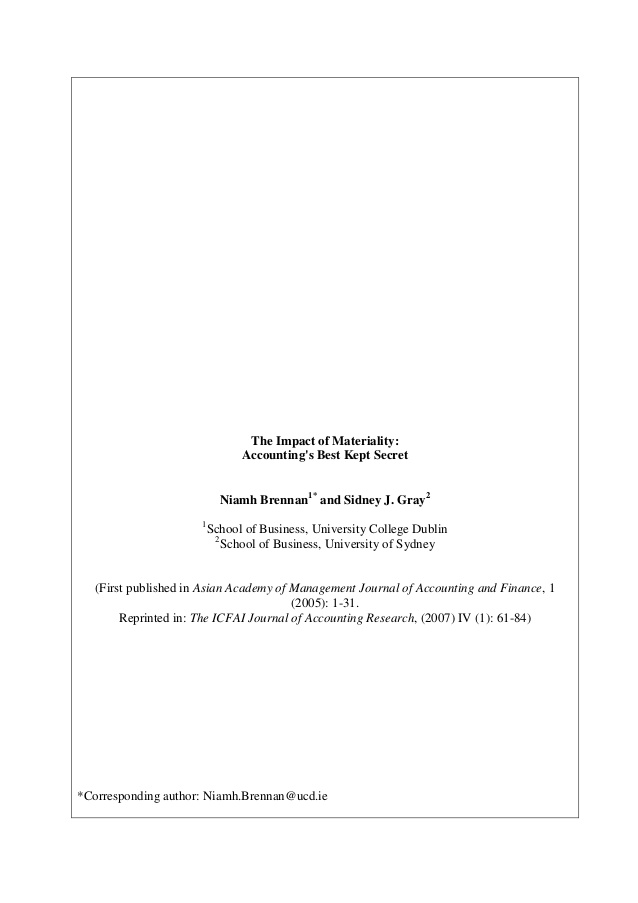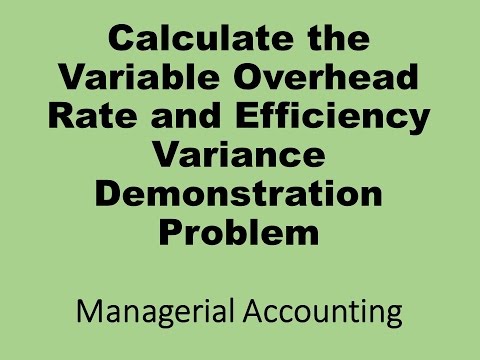
We offer reconciliation reports, discrepancy identification, and live accountants to work with for ease and confidence when closing your books. In the case of Feeter, the first entry will record the collection of the note, as well as the interest collected. Thank you for reading CFI’s guide to https://www.personal-accounting.org/ Template. For more resources, check out our business templates library to download numerous free Excel modeling, PowerPoint presentation, and Word document templates.
Adjust the Bank Statements
Bank reconciliation also helps you identify fraud or theft and intervene early. If someone has withdrawn funds without your knowledge or consent, bank reconciliation will clue you in. Some businesses, which have money entering and leaving their accounts multiple times every day, will reconcile on a daily basis. More specifically, you’re looking to see if the “ending balance” of these two accounts are the same over a particular period (say, for the month of February). The bank section lists items in transit from the depositor to the bank and bank errors.
Step 2: Compare the deposits and withdrawals
A bank deposit or withdrawal can sometimes be completely ignored in the cash book. For example, a cheque written is immediately entered in the cash book, but it is not recorded in the bank until it is presented for payment. Checks that have been issued by the corporation to creditors but have not yet been processed are known as outstanding checks. Your current and prior months’ bank statements, along with your company ledger, are required to perform your bank reconciliation correctly.
Errors Made by Your Business or your Bank
You’ll compare the two lists and check a box next to each QuickBooks transaction that also shows up on your bank statement. When you’re done, you’ll see a difference of zero, meaning the accounts match. If you don’t see a balance of zero, QuickBooks helps you troubleshoot the errors and reconcile your accounts. As with deposits, take time to compare your personal records to the bank statement to ensure that every withdrawal, big or small, is accounted for on both records. If you’re missing transactions in your personal records, add them and deduct the amount from your balance.
- If you haven’t been using bank reconciliation statements, now is the best time to start.
- Bank Example 1 showed that the bank credits the depositor’s checking account to increase the depositor’s checking account balance (since this is part of the bank’s liability Customers’ Deposits).
- Ideally, the balance in your books is the same as the closing bank balance.
- Add the amount of deposits in transit and subtract the amount of any outstanding checks from your bank statement’s cash balance to arrive at (and record) an adjusted bank balance.
- The cash account balance in an entity’s financial records may also require adjusting in some specific circumstances, if you find discrepancies with the bank statement.
More specifically, a bank reconciliation means balancing your bank statements with your bookkeeping. Bank reconciliation statements compare transactions from financial records with those on a bank statement. Where there are discrepancies, companies can identify and correct the source of errors. If you’re interested in automating the bank reconciliation process, be sure to check out some accounting software options. After identifying the reasons your bank statement doesn’t match accounting records, you have to update your records. If the bank has made errors, notify them so that they correct the transactions.
Knowing this information enables you to discover potentially nefarious activities, the bank administrator’s incompetence, or weaknesses in your reporting system in a timely manner. Additionally, many businesses are required by law to reconcile their bank accounts on a regular basis as part of their financial reporting obligations. Bank Example 2 showed that the bank debits the depositor’s checking account to decrease the checking account balance (since this is part of the bank’s liability Customers’ Deposits). Bank Example 1 showed that the bank credits the depositor’s checking account to increase the depositor’s checking account balance (since this is part of the bank’s liability Customers’ Deposits). When the bank debits a depositor’s checking account, the depositor’s checking account balance and the bank’s liability to the customer/depositor are decreased. Bank reconciliation ensures your business’s internal financial records accurately reflect your cash flow.
Your bank may collect interest and dividends on your behalf and credit such an amount to your bank account. It is important to note that it takes a few days for the bank to clear the cheques. This is especially common in cases where the cheque is deposited at a bank branch other than the one at which your account is maintained.
Businessmen frequently neglect to pay their invoices on time due to their hectic schedules. To avoid this, most firms choose to have their monthly fees deducted automatically from their bank account. It is important to keep your bank accounts in excellent order and this can be accomplished if you know exactly how much money you have in your account. The bank’s records will show you all of the fees that have been levied to your account. These charge payments are usually not recorded in the bank’s customer records. You will be increasing your cash account by $5 to account for the interest income, while you’ll be reducing your cash account by $30 to account for the bank service fee.
(d) Check deposited on 14 May ($2,540) was returned unpaid on 17 May. (b) Checks Nos. 789 and 791 for $5,890 and $920, respectively, do not appear on the bank statement, meaning these logins 2021 had not been presented for payment to the bank by 31 May. (a) Deposits made by Sara Loren on 30 May, $1,810, and on 31 May, $2,220, have not been credited to the bank statement.

After reviewing all deposits and withdrawals, adjusting the cash balance and accounting for interest and fees, your ledger’s ending balance should match the bank statement balance. If the two balances differ, you’ll need to look through everything to find any discrepancies. These could turn out to be mistakes on your part or that of the bank. Before sitting down to reconcile your business and bank records, gather your company ledger and the current and previous bank statements.

Service charges may be levied by the bank for regular or special services. They often appear as a reconciling item because banks notify customers of the amount only through the bank statement. In such a case, you simply need to mention a note indicating the reasons for the discrepancy between your bank statement and cash book. From the following particulars of Zen Enterprises, prepare a https://www.simple-accounting.org/retained-earnings-definition-example/ as of December 31, 2021. Therefore, you record no entry in the business’ cash book for the above items. There are times when your business entity deposits a cheque or draws a bill of exchange discounted with the bank.
On the other hand, if you don’t reconcile your bank account regularly, fraudulent transactions may go undetected. It does not appear on the month-end bank statement and is not a reconciling item in the month-end reconciliation if it has not yet cleared the bank by the end of the month. Plan to complete reconciliations monthly so you don’t risk accumulating a large number of discrepancies, which could be difficult to track. If done regularly, a bank reconciliation easily helps you identify discrepancies so that you can adjust them. So, to reconcile the amounts, you simply add the additions (interest income) and subtract the subtractions (bank charges and overdraft fees) to reach the bank balance.
To help you master this topic and earn your certificate, you will also receive lifetime access to our premium bank reconciliation materials. These include our visual tutorial, flashcards, cheat sheet, quick tests, quick test with coaching, and more. If you’re searching for accounting software that’s user-friendly, full of smart features, and scales with your business, Quickbooks is a great option.
You only need to reconcile bank statements if you use the accrual method of accounting. This is to confirm that all uncleared bank transactions you recorded actually went through. Consider performing this monthly task shortly after your bank statement arrives so you can manage any errors or improper transactions as quickly as possible. If you’re using accounting software, it may give you the option to connect your bank account so transactions are automatically downloaded and categorized. This can save you some time, although it’s important to periodically check everything manually to ensure its accuracy and that there are no bank errors.
Leave a Reply